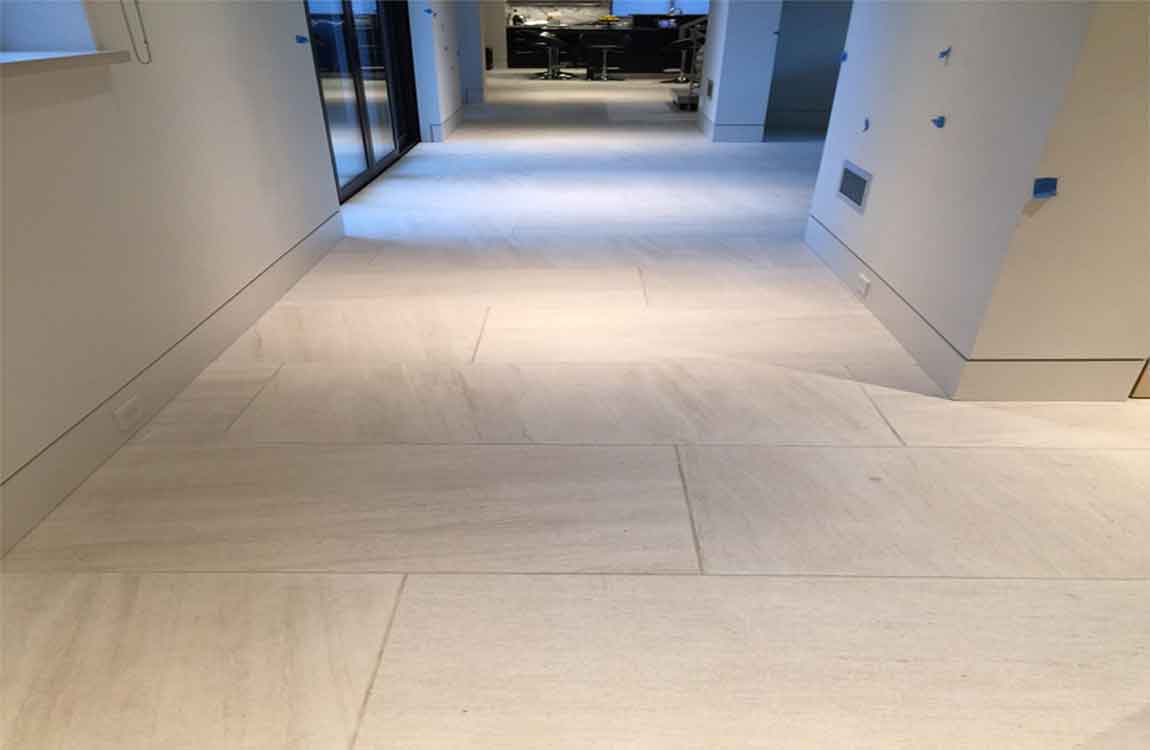How Eliminating Heavy Stains?
Treat dark colored stains with hydrogen peroxide. Soak a clean, soft rag with hydrogen peroxide. Wring excess peroxide out of the rag over your sink. Position the rag so its peroxide dampened parts directly touch and cover the stain. Keep the rag on the stain for several hours or overnight. Avoid using this technique if your marble tiles is dark colored. Hydrogen peroxide on dark colors can lead to lightening.
Less serious stains may only need 15 minutes to a half hour of time before the stain can be wiped away. Check less serious stains at regular intervals for this reason. If, at a glance, you can tell the stain you are working on will require heavy-duty techniques, you may want to skip the peroxide treatment and move straight to mixing a heavy-duty cleaning solution.
Rinse the treated area with cold water. Fill a cup or small bucket with cold water. Pour water onto the treated area of the marble tiles. Use a clean, dry, soft cloth to wipe up standing water and any dirtiness. Heavy-duty stains may remain after cleaning the surface with peroxide, in which case you’ll need to mix a heavy-duty cleaning solution.
Mix a heavy-duty cleaning solution for remaining stains. In a medium sized bucket, combine ¼ cup (59 ml) baking soda, ¼ cup vinegar, ½ cup (118 ml) ammonia, and 8 cups (1.9 L) of hot water. Agitate the mixture with a kitchen implement, like a spoon, until the ingredients are consistently blended. The mixture will foam slightly.
As an alternative to heavy-duty cleaners, you can use paint-thinner or denatured alcohol to remove the stain. However, always test these cleaners in an inconspicuous place on your cultured marble tiles first, as they may damage the surface. Although this cleaning solution is made with household products, it can be harsh on your skin. Wear gloves when using this solution to prevent dry skin and irritation.


















